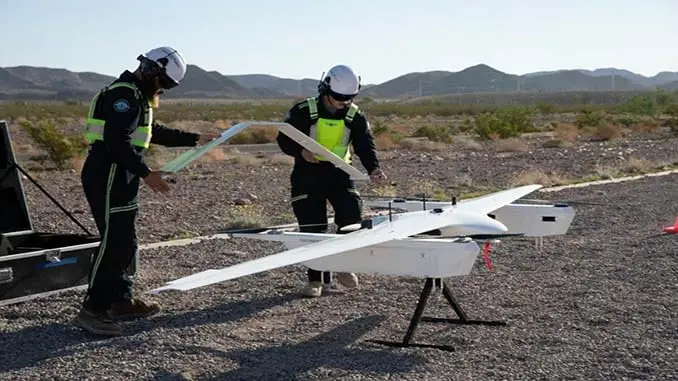Navigating Complexity: Nonlinear Control Strategies for UAV Systems
May 3, 2024 2024-05-03 10:33
Navigating Complexity: Nonlinear Control Strategies for UAV Systems
Introduction
Unmanned Aerial Vehicles (UAVs), commonly known as drones, have revolutionized numerous fields by offering versatile capabilities from aerial photography to delivering goods and conducting surveillance. As UAV applications become more complex, the need for advanced control strategies to handle dynamic environments and ensure safe, efficient operations has become increasingly important. Nonlinear control strategies stand out as essential tools for navigating the complexities inherent in UAV systems. This article delves into the significance of these strategies, their applications, and the challenges faced in implementing them.
Understanding Nonlinear Control Systems
Nonlinear control strategies are designed to manage systems whose behavior cannot be described using linear equations due to their complex dynamics. Unlike linear control systems that presume proportional relationships and additive conditions, nonlinear control systems deal with changes in dynamics that are not straightforward, often requiring sophisticated mathematical models to predict and manage.
Applications in UAV Systems
The application of nonlinear control strategies in UAV systems is crucial due to the inherently nonlinear nature of their operations. These strategies enable UAVs to perform complex maneuvers, adapt to sudden environmental changes, and handle uncertainties in real-time. Some of the primary applications include:
- Stabilization and Navigation: Nonlinear control helps stabilize UAVs in volatile conditions and navigate through challenging terrains where linear control systems might fail.
- Autonomous Operations: Advanced control strategies are essential for autonomous UAVs that must make decisions without human intervention, especially in environments that are unpredictable or poorly mapped.
- Multi-UAV Coordination: Nonlinear control is critical in scenarios where multiple UAVs operate in coordination, managing the complex interactions and dependencies among the vehicles.
Challenges in Implementation
Implementing nonlinear control strategies in UAV systems is not without challenges. The complexities of these systems require:
- Advanced Mathematical Modeling: Developing models that accurately represent the nonlinear dynamics of UAVs can be highly complex and computationally demanding.
- Real-Time Processing: UAVs require real-time control adjustments, necessitating powerful onboard processing capabilities to handle the calculations involved in nonlinear control.
- Robustness and Reliability: Ensuring that control strategies are robust against disturbances and model inaccuracies is crucial for the safe operation of UAVs.
Future Directions
The future of nonlinear control in UAV systems looks promising with several areas ripe for further research and development:
- Integration with AI and Machine Learning: Combining nonlinear control strategies with machine learning algorithms can enhance the adaptability and intelligence of UAV systems, enabling more sophisticated autonomous functions.
- Energy Efficiency: Developing control strategies that optimize energy use is critical as it directly impacts the operational time and efficiency of UAVs.
- Enhanced Safety Protocols: As UAVs become more common in urban areas, ensuring ultra-reliable control systems that can prevent accidents and handle emergency situations is paramount.
Conclusion
Nonlinear control strategies are pivotal in advancing the capabilities of UAV systems, allowing them to operate efficiently and safely in complex, dynamic environments. As technology progresses, the integration of more sophisticated control mechanisms will continue to expand the frontiers of what UAVs can achieve. Whether it’s improving autonomous capabilities or enhancing operational safety, nonlinear control remains at the heart of the technological evolution of UAVs, making them integral tools in both commercial and humanitarian applications. As we navigate these complexities, the role of advanced control strategies will only grow, shaping the future of UAV technology in our increasingly interconnected world.
Related Posts
Navigating Complexity: Nonlinear Control Strategies for UAV Systems
May 3, 2024 2024-05-03 10:33Popular Tags






























